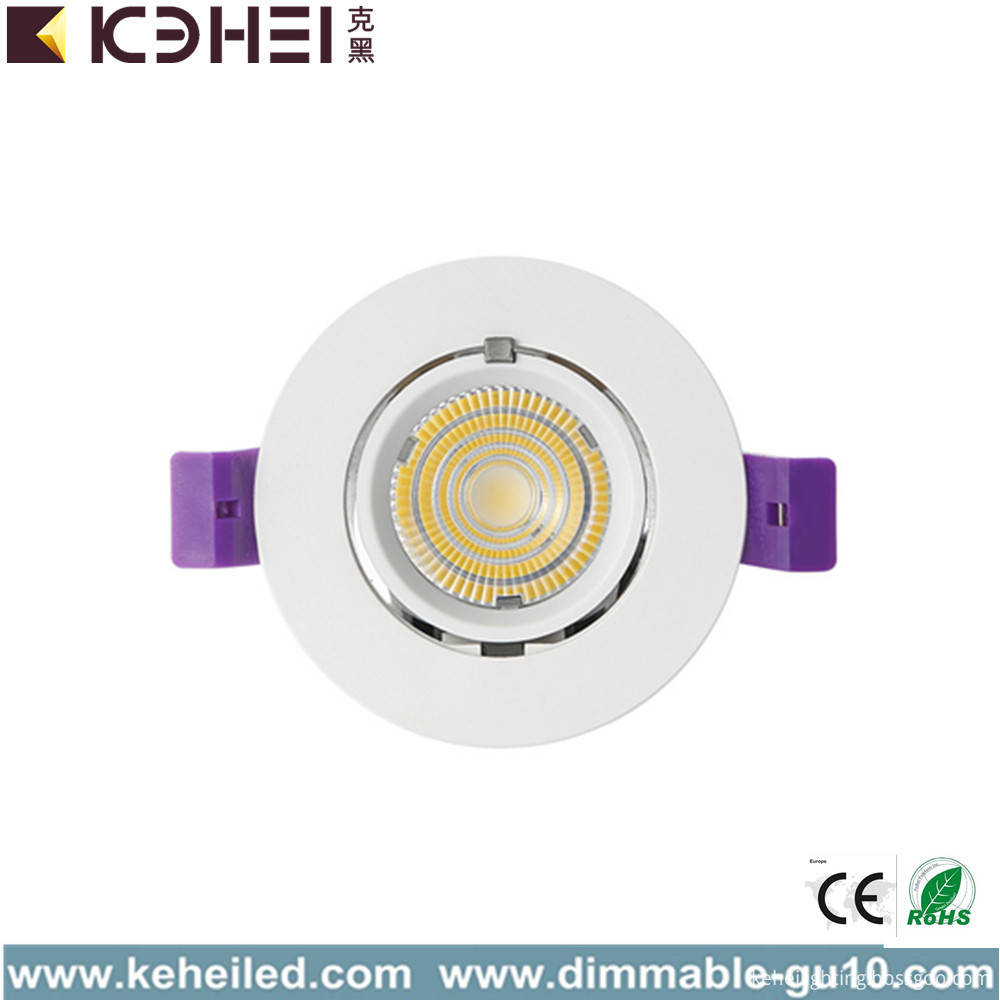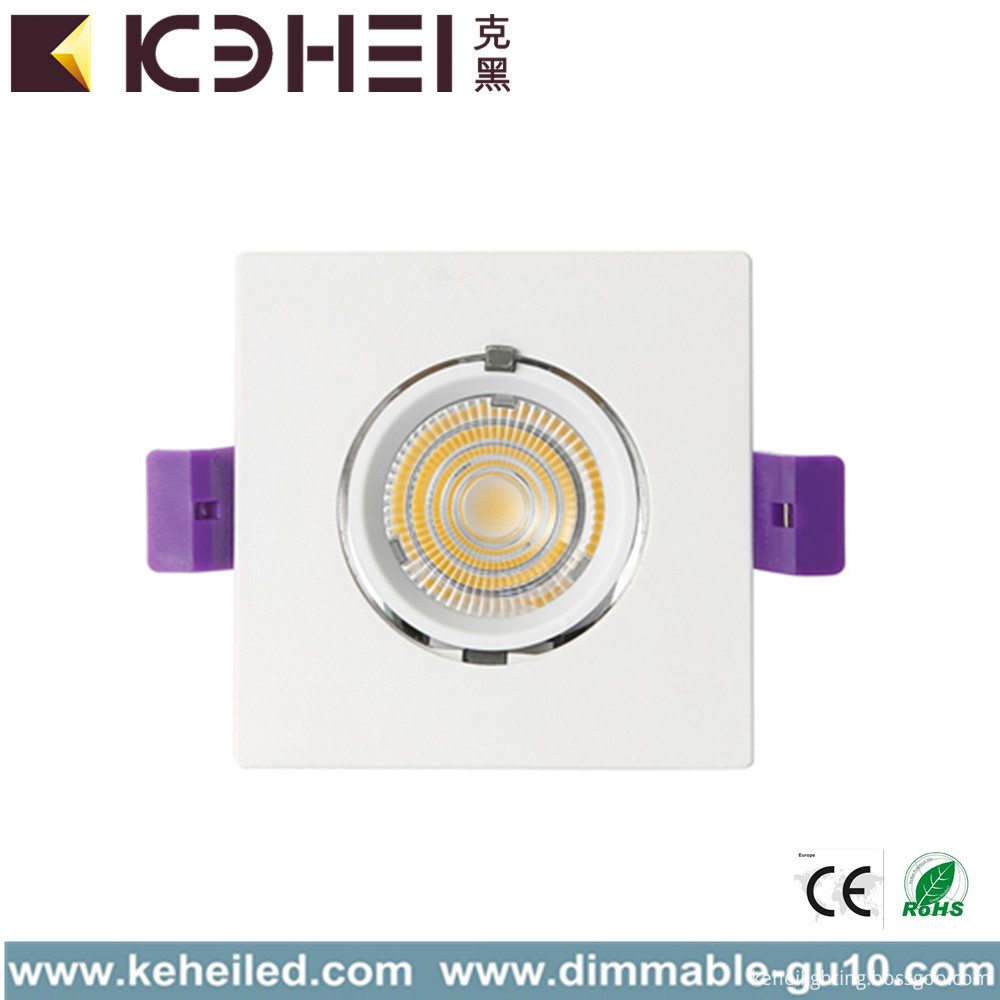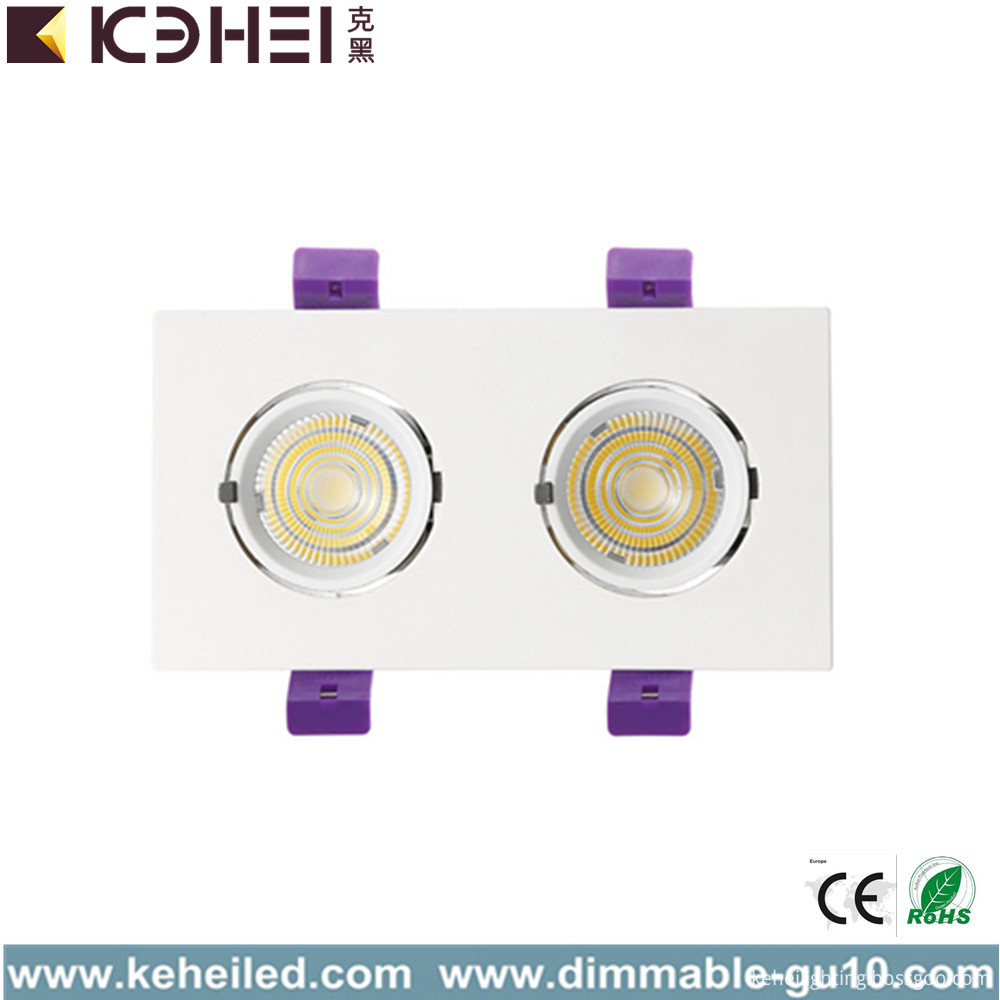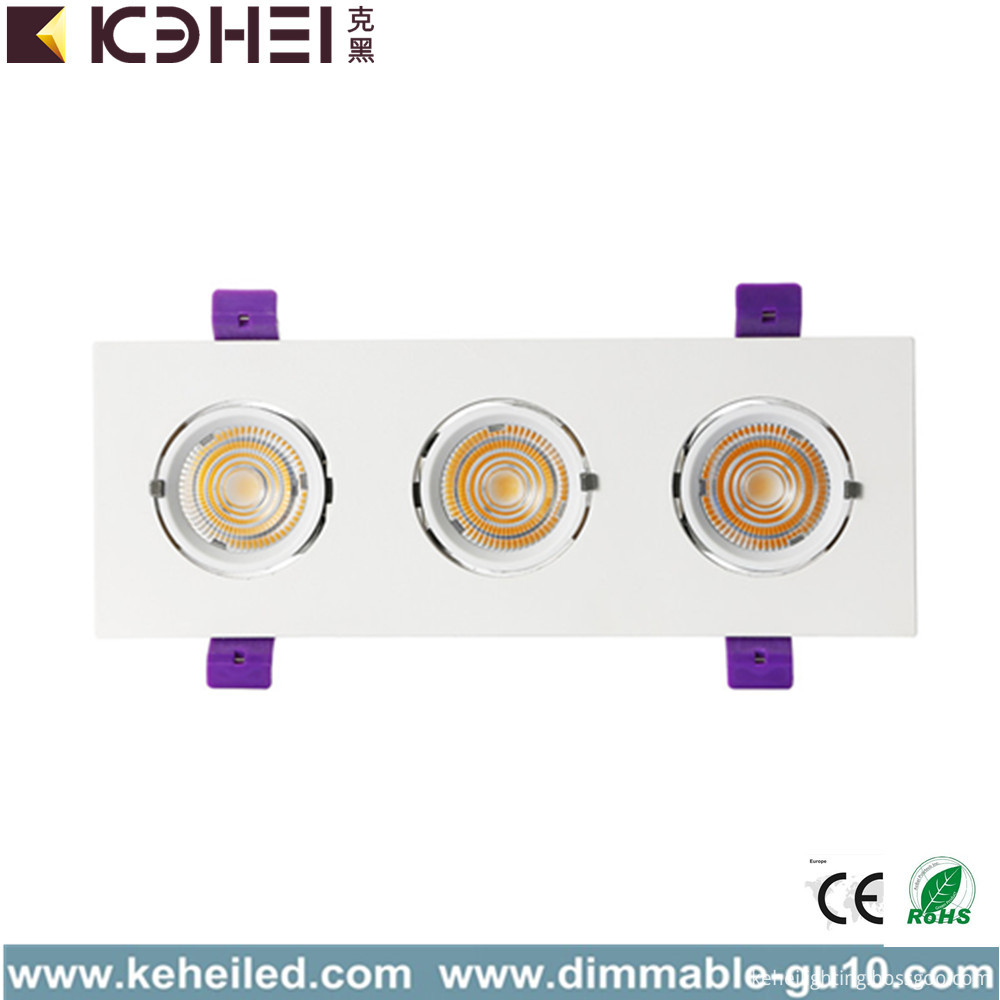 A purely electric bus with a design life of 8 years would have to “retreat to the second line†in less than three years. Recently, some media reported that the first pure electric bus line in Guangzhou was forced out of service, causing the problem of battery decay of pure electric buses to enter the field of vision again.
A purely electric bus with a design life of 8 years would have to “retreat to the second line†in less than three years. Recently, some media reported that the first pure electric bus line in Guangzhou was forced out of service, causing the problem of battery decay of pure electric buses to enter the field of vision again. In fact, battery attenuation has always been an insurmountable gap in the popularity of pure electric buses. Previously, pure electric buses operating in model cities such as Beijing, Shanghai, and Dalian have experienced various degrees of battery attenuation. With the introduction of a new round of demonstration and promotion of new energy vehicles, pure electric buses have become the key products for policy subsidies, and the frequent occurrence of battery decay has caused concern for the effectiveness of demonstration and promotion.
Decline in driving mileage
Today, the majority of the 26 pure electric buses that are in operation on the Guangzhou Main Bus demonstration line are in a decommissioned state. Due to the severe deterioration of the vehicle's battery, some of the vehicle's driving range and carrying capacity have fallen, and it has been unable to meet normal operational requirements.
It is understood that in the summer of this year, the 26 electric vehicles were almost completely out of service. Due to the hot summer weather in Guangzhou, buses must be air-conditioned, but after the electric buses are powered by air conditioners, the speed of electricity consumption is accelerated, and the mileage of vehicles is obviously insufficient, often due to the depletion of electricity. Therefore, in the case of adequate bus capacity, bus companies try not to use pure electric buses. This group of expensive vehicles has become a “toy†on parking lots.
The same situation also occurred in Wuhan, Hubei. Ten pure electric buses with prices as high as 1.5 million yuan were forced out of service due to frequent failures and failure to complete the demonstration operation. At the end of 2011, Wuhan City invested 10 pure electric buses in the bus route 579. However, less than half a year's operation time, due to battery decay, the vehicle's driving mileage dropped significantly, and anchoring accidents frequently occurred. The bus company had to make The decision to stop pure electric buses. Prior to this, Wuhan plans to invest 100 more pure-electric bus demonstrations in 2012. However, due to the outage accident, this plan has not yet been implemented.
Huang Zhiqiang, deputy general manager of Shenzhen Bus Group Co., Ltd., told the reporter: “Because buses have a long time, complicated driving conditions, and heavy loads, they also need to be turned on during hot weather, which is a big test for pure electric buses. If the vehicle's battery performance is normal and the battery management system is backward, the battery attenuation problem will easily occur.†According to the reporter, at present, the pure electric buses operating in the pilot cities have a certain degree of battery attenuation, and this is very likely. Affects the normal operation of the bus and even affects the service life of the vehicle.
Market performance is mixed
In fact, the problem of battery attenuation is not an incident. In addition to Guangzhou and Wuhan, pure electric buses in Beijing, Chengdu, Dalian, Linyi, and other cities have experienced the problem of outage due to battery decay.
A survey on the operation status of China's pure electric buses shows that the current battery system's attenuation is maintained at about 15% per year based on the operating data of pure electric buses in pilot cities such as Beijing, Shanghai and Hefei. That is to say, assuming that a pure electric bus has a driving range of 200 kilometers, after the vehicle is driven for one year, the driving range will be reduced to less than 170 kilometers, and the third year will only be maintained at about 140 kilometers. If the vehicle is running under conditions of air conditioning, the driving mileage is reduced more quickly.
However, not all pilot cities are faced with the problem of outages. Last year, Shenzhen proposed that all future replacement and additional buses will all use the goal of pure electric power and take the lead in realizing the electrification of public transport. “Before, the pure electric bus demonstrated in Shenzhen was also subject to certain battery attenuation problems, but it was not large enough to affect the normal operation of the vehicle.†Huang Zhiqiang told reporters, “A group of pure electric buses that the company first put into operation. The car has been driving for 3 years. The current mileage decay is basically around 15%. Although it has a certain impact on the normal operation of the vehicle, compared with other pilot cities, this situation is considered ideal.
Due to the differences in technical capabilities, supporting systems and other links, there are differences in the performance of pure electric passenger cars produced by different bus companies. Li Yunfei, deputy general manager of BYD Auto Co., Ltd., said that the iron battery used by the company does not have battery attenuation problems. The pure electric taxi that has been operating in Shenzhen for three years is still able to maintain a driving range of more than 300 kilometers. “Our pure electric bus K9 also uses this kind of battery to ensure that the vehicle will not affect the normal operation due to mileage degradation. In addition, we also provide at least 5 years of warranty and maintenance for the three core components: power battery, motor and electronic control. Exempt customers from worries."
To market
In fact, China’s bus companies are relatively mature in the vehicle manufacturing field, and the key issue that has caused the reduction of the driving range of pure electric buses is the performance of the power battery. Xiao Chengwei, director of the 18th Institute of China Electronics Technology Group Corporation, said: "Battery life, energy density and other key issues related to the popularization and promotion of electric vehicles, at present, many countries and auto companies are conducting in-depth research on this issue. In recent years, China has made remarkable achievements in the research of power batteries."
“From the current situation, the battery attenuation problem of pure electric buses put into operation from 2010 to 2011 is still quite obvious, and the vehicles that have been put into operation this year have seen significant improvements. It can be seen that vehicles have actually improved on battery systems. Huang Zhiqiang told reporters.
The reporter noted that in the demonstration project of “Ten Cities, Thousands of Vehiclesâ€, all pilot cities mostly use pure electric buses with lithium iron phosphate as their battery material. This kind of battery has high safety performance, but at the same time, it also has low lifetime and low energy density. And the problem of higher costs. Since this year, some bus companies have begun to select lithium titanate batteries and supercapacitors, both of which have the advantage of high cycle life. Among them, lithium titanate batteries can also support fast charging and are an effective solution to ensure the normal operation of pure electric buses.
Wang Binggang, head of the traffic team of the project specialist of the Ministry of Science and Technology, told reporters that along with the introduction of a new round of subsidy policies, we could consider the use of other power batteries besides further increasing the energy density and life of lithium iron phosphate batteries. Subsidy scope. Xiao Chengwei said: "The fast charging mode is suitable for pure electric buses, but such models must use batteries that can be used for fast charging technology. Conversely, fast charging and heating are more likely to cause aging, which has an impact on battery life."
For the future development prospects of pure electric buses, the industry is generally optimistic, with the continuous expansion of the scope of demonstration and promotion, pure electric buses will gradually embark on the road to marketization. Sun Fengchun, vice president of the Beijing Institute of Technology, said, “The relative cycle of battery technology research and development, the industry expects that the battery technology will have a major breakthrough within five years.†On the one hand, new technologies such as ternary materials, lithium-air batteries continue to develop, can be essentially Improve the service life of the battery; on the other hand, by increasing the battery group process and optimizing the battery management system, it is also possible to increase the service life of the electric vehicle on an existing basis.
LED Trunk Downligh, 7W, 12W, 14W, 21W, 24W, 36W for option. Multiple choice for beam angles, to reach the appropriate illumination angle.15°, 24°, 36° for options. CREE COB chip from USA. Warm white, natural white, cool white for option. Energy-saving, green and environmental protection, no mercury, no UV, infrared or other deleterious output are the advantages of LED Trunk Downlight. LED adjustable trunk downlight are popular in the shopping market, bar, exhibition hall, art gallery, hotel etc.




Trunk Downlight
Trunk Downlight,Round Trunk Downlight,Gimbal Trunk Downlight,Trunk Lighting LED Downlight
SHENZHEN KEHEI LIGHTING TECHNOLOGY CO.LTD , https://www.keheiled.com